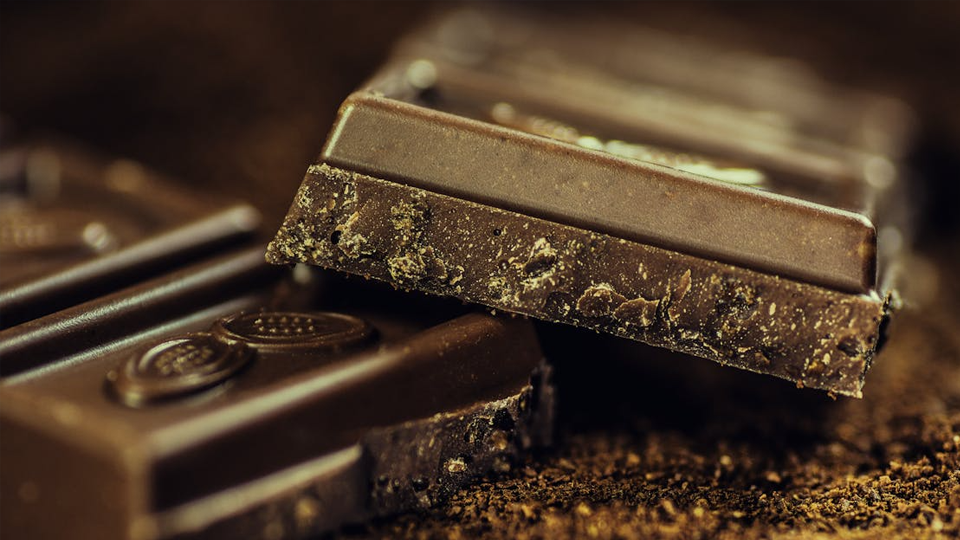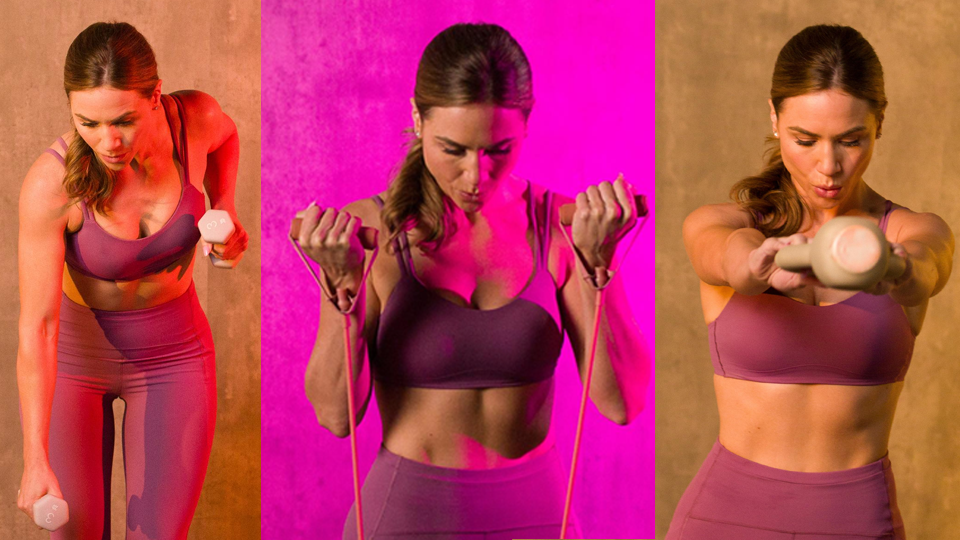When it comes to antioxidant protection, variety is key. Vitamin C along with vitamins E and A are essential antioxidant vitamins, but there are also several other kinds of antioxidants such as flavonoids (or bioflavonoids) found in plants including from citrus sources.
Citrus fruits are unique because of the variety of antioxidants they supply to combat the harmful effects of oxidative stress—which is why Isagenix C-Lyte® (currently only available as part of Ageless Essentials Daily Pack) now comes with added quercetin and citrus bioflavonoids. It’s a more complete supplement for ultimate antioxidant protection.
Vitamin C basics
Found naturally in citrus, vitamin C, or ascorbic acid, is involved in many body functions. These include the formation of collagen, absorption of iron, the immune system, and the maintenance of cartilage, bones, and teeth. Because the human body cannot produce vitamin C, people must rely on what they eat to get adequate amounts of the vitamin.
Unfortunately, most people don’t meet vitamin C recommendations through diet alone. More than a quarter of people in the US are marginally deficient (not even reaching the RDA amount), and up to 20 percent are severely deficient in some populations. Supplementing diet with a vitamin C supplement such as C-Lyte is an easy and convenient way to ensure people are getting enough of the essential vitamin.
C-Lyte contains three forms of vitamin C, including calcium, magnesium, and sodium ascorbates to buffer the acidic nature of the vitamin. Each capsule contains approximately 500 milligrams of the vitamin, an amount shown to be both effective and safe for daily use (1).
Additional antioxidant protection
In addition to providing vitamin C, the newly reformulated C-Lyte contains quercetin. Quercetin is a plant pigment—giving the C-Lyte capsule a yellowish tint—found in many foods including green tea, apples, berries, and red wine. It’s probably the most well studied and potent flavonoid shown to benefit cardiovascular health (2,3). Some studies also suggest improvements in endurance and athletic performance with quercetin supplementation (4).
A complex of citrus bioflavonoids round out C-Lyte’s antioxidant protection. This combination of biologically active compounds is shown to work synergistically with vitamin C to decrease oxidative damage to cells and tissues (5). Additionally, evidence shows that bioflavonoids can protect the fragile, but potent vitamin C molecule and also help regenerate the antioxidant abilities of vitamin C (6, 7).
It’s worth noting is that Isagenix scientists were careful to avoid including furanocoumarins when formulating C-Lyte. Furanocoumarins are a class of compounds found in grapefruit that can interact with certain medications.
While no supplement can replace a healthy diet rich in a variety of fruits and vegetables, with C-Lyte people can complement healthy habits with the antioxidants needed for nutritional insurance and optimal health.
References
- Frei B, Birlouez-Aragon I, Lykkesfeldt J. Authors’ Perspective: What is the Optimum Intake of Vitamin C in Humans? Crit Rev Food Sci Nutr 2012;52:815-29.
- Egert et al. Quercetin reduces systolic blood pressure and plasma oxidized low-density lipoprotein concentrations in overweight subjects with a high-cardiovascular disease risk phenotype: a double-blinded, placebo-controlled cross-over study. Br J Nutr 2009; 102: 1065-74.
- Lee KH et al. Effects of daily quercetin-rich supplementation on cardiometabolic risks in male smokers. Nutr Res Pract 2011;4:28-33.
- Kressier j, Millard-Stafford M, Warren GL. Quercetin and endurance exercise capacity: a systematic review and meta-analysis. Med Sci Sports Exerc 2011;43(12):2396-404.
- Tripoli E, La Guardia M, Giammanco S, et al. Citrus flavonoids: Molecular structure, biological activity and nutritional properties: A review. Food Chem 2007; 107:466-79.
- Bandy B and Bechara EJH. Bioflavonoid Rescue of Ascorbate at a Membrane Interface. J of Bioenergetics and Biomembranes 2001; 33(4):269-77.
- Marin FR, Frutos MJ, Peréz-Alvarez JA, et al. Flavonoids as nutraceuticals: Structural related antioxidant properties and their role on ascorbic acid preservation. Studies in Natural Products Chemistry 2002; 26(G): 741-78.






